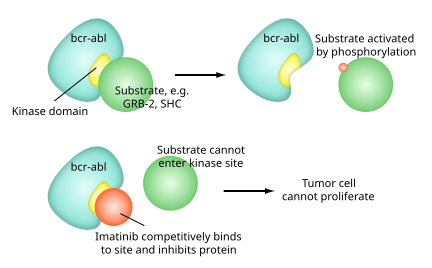Objectives/Hypothesis
The aims of this study were to investigate short- and long-term rates of hearing preservation after cochlear implantation and identify factors that impact hearing preservation.
Study Design
Retrospective review.
Methods
Patients undergoing cochlear implantation with conventional-length electrodes and air-conduction thresholds ≤80 dB HL at 250 Hz preoperatively were included. Hearing preservation was defined as air-conduction thresholds ≤80 dB HL at 250 Hz.
Results
The sample included 196 patients (225 implants). Overall, the rate of short-term hearing preservation was 38% (84/225), with 18% (33/188) of patients preserving hearing long term. Multivariate analysis showed better preoperative hearing was predictive of hearing preservation at short (odds ratio [OR]: 0.93, 95% confidence interval [CI]: 0.91-0.95, P < .001) and long-term follow-up (OR: 0.94, 95% CI: 0.91-0.97, P < .001). Lateral wall electrodes and mid-scala electrodes had 3.4 (95% CI: 1.4-8.6, P = .009) and 5.6-times (95% CI: 1.8-17.3, P = .003) higher odds of hearing preservation than perimodiolar arrays at short-term follow-up, respectively. Long-term data revealed better hearing preservation for lateral wall (OR: 7.6, 95% CI: 1.6-36.1, P = .01), but not mid-scala (OR: 3.1, 95% CI: 0.4-23.1, P = .28), when compared to perimodiolar electrodes. Round window/extended round window (RW/ERW) approaches were associated with higher rates of long-term hearing preservation (21%) than cochleostomy approaches (0%) (P = 0.002) on univariate analysis.
Conclusions
Better preoperative residual hearing, lateral wall electrodes, and RW/ERW approaches are predictive of higher rates of long-term functional hearing preservation.
Level of Evidence
4 Laryngoscope, 2017
from #ORL-AlexandrosSfakianakis via ola Kala on Inoreader http://ift.tt/2tUQK3G
via IFTTT





